Text
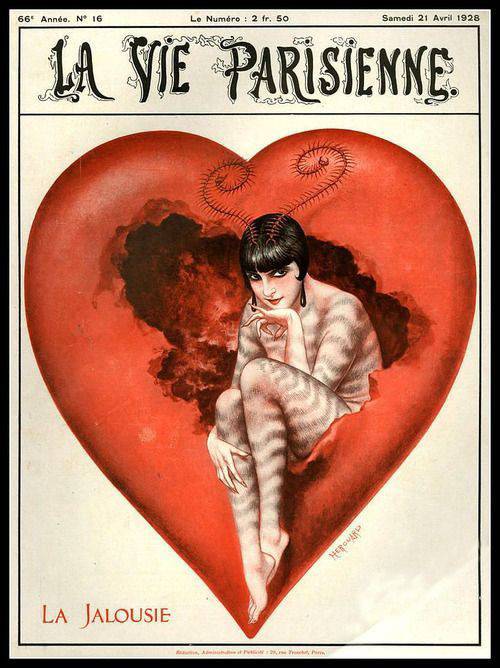
April, 1928 "La Vie Parisienne" magazine cover with an illustration of "jealousy" by Cheri Herouard. From Art Deco, Avant Garde and Modernism, FB.
79 notes
·
View notes
Text

1927 Etching on the glass door of the Peacock Dining Room of the Hassayampa Inn, Arizona. From Art Deco, Avant Garde and Modernism, FB.
95 notes
·
View notes
Text

1925 Dahlias table lamp by Charles Schneider. From My Vintage Dreams, FB.
92 notes
·
View notes
Text
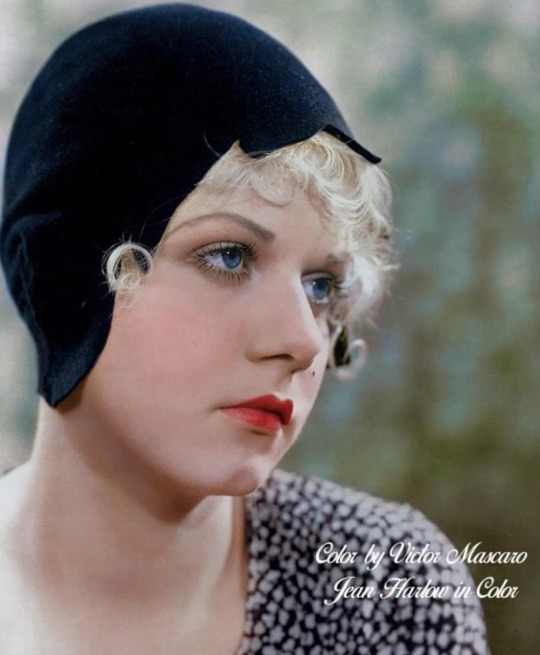
1929 Jean Harlow in her first speaking role in "The Saturday Night Kid", color by Victor Mascaro. From America in the 1920's, FB.
37 notes
·
View notes
Text
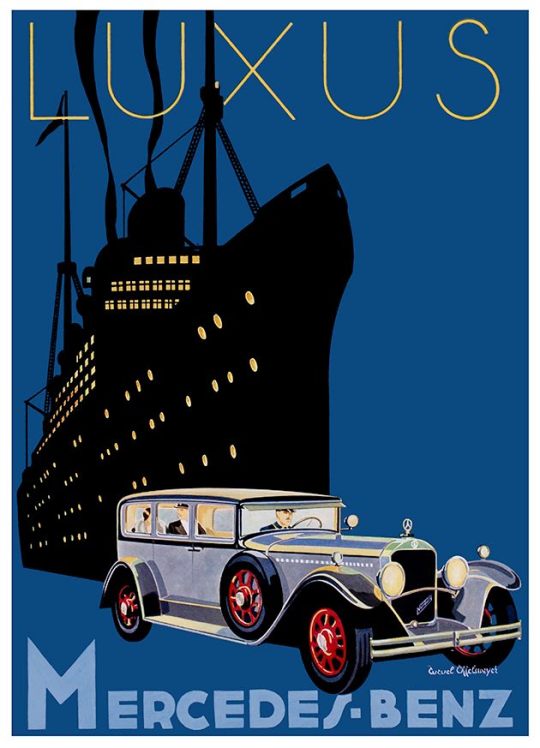
1929 Poster for Mercedes-Benz by Edward Cucuel Offelsmeyer. From Art Deco, Avant Garde and Modernism, FB.
50 notes
·
View notes
Text

Ex-Wife, published anonymously in 1929, was a succès de scandale. The very title aggressively challenged American mores and morals; divorce was almost unheard of in the middle classes at the time. And Manhattan high life in the 1920s (the novel takes place between 1923 and 1927) gave the prurient everything they could wish: not just divorce, but promiscuity, abortion, smoking, and drinking.
And I had, for an instant, that feeling that New York was an altogether beautiful place to live, no matter what happened to me living in it—a comforting feeling that had come to me sometimes, of late, when I stopped looking to people for comfort.
Narrated by Patricia, it tells of her life after her husband walked out on her. She goes from grief and despair to acceptance to indifference while becoming increasingly successful as a advertising copywriter in fashion, and bedding numerous men. Her friend Lucia, a slightly older and more experienced divorcee, supports and mentors her.
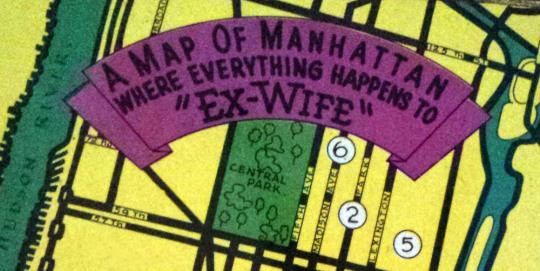
Surprisingly, the book is vehemently anti-feminist. The 1920s were a time when women could vote and were free of Victorian behavioral constraints, but systemic sexism ran deep and went largely unnoticed—at least by Patricia and Lucia.
The book was filmed in 1930 as The Divorcée, starring Norma Shearer, who won her only Oscar for it.

Norma Shearer in The Divorcee
In the forward to the 2023 edition (whose cover is shown above), Alissa Bennett writes, "It's easy to get caught in the trap of Ex-Wife's nostalgic charm; there are phonographs and jazz clubs and dresses from Vionnet; there are verboten cocktails and towering new buildings that reach toward a New York skyline so young that it still reveals its stars."
The author's son, Marc Parrott, agreed. "The New York described here," he wrote in an afterward to the 1989 edition, reprinted in the current edition, "and this was true, I think, for 20 years or more—was much smaller, much more intimate, much safer and much cheaper than the city from the '50s on to the present. It was also cleaner. My mother called it 'shining.'"
This is how Patricia and Lucia react to Gershwin's Rhapsody in Blue:
"The tune matches New York," Lucia said. "The New York we know. It has gaiety and colour and irrelevancy and futility and glamour as beautifully blended as the ingredients in crêpes suzette."
I said, "It makes me think of skyscrapers and Harlem and liners sailing and newsboys calling extras." "It makes me think I’m twenty years old and on the way to owning the city," Lucia said. "Start it over again, will you?"
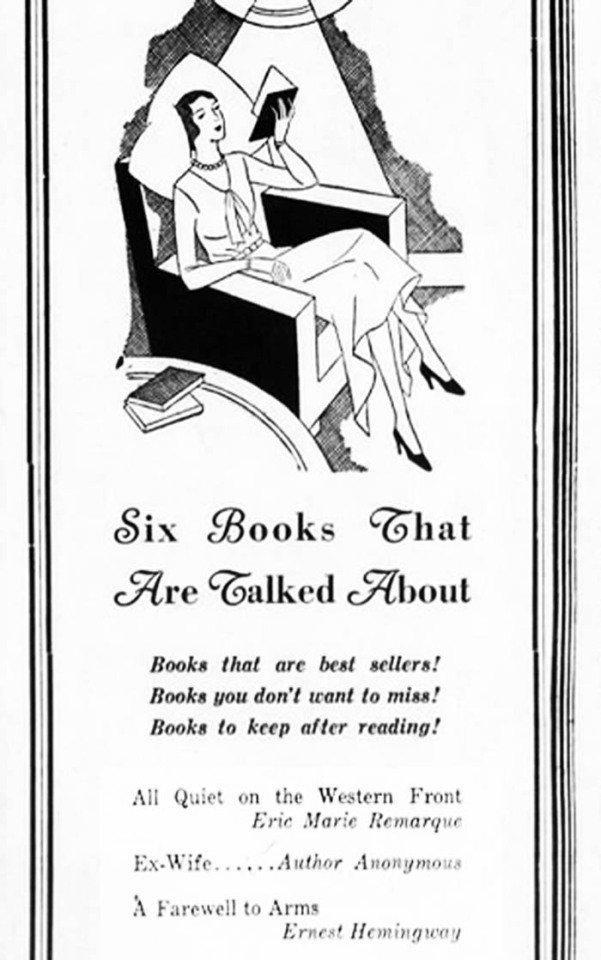
Second & fourth photos: NYC Past
Third photo: eBay
119 notes
·
View notes
Text

Edward Hopper, The City, 1927. Oil on canvas.
Photo: WikiArt
294 notes
·
View notes
Text
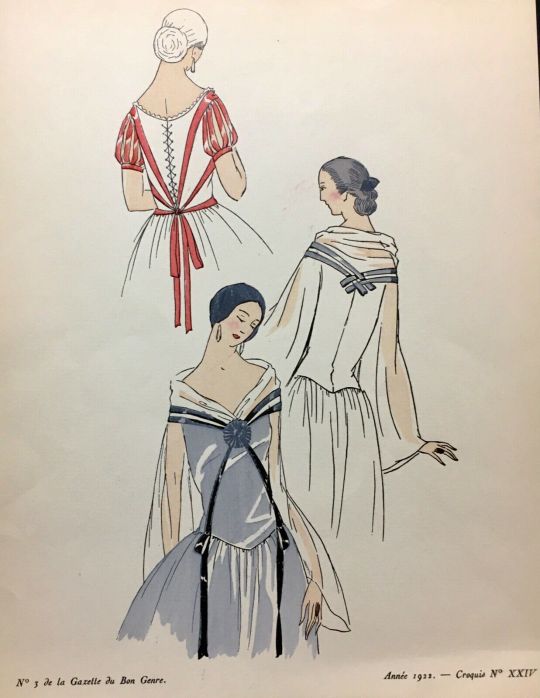
1922 Bodices and necklines for spring from "Gazette du Bon Genre" magazine.
48 notes
·
View notes
Text


1919 Spring/summer ads for Kuppenheimer's menswear.
74 notes
·
View notes
Text

April, 1917 Cover of "The Delineator" magazine.
39 notes
·
View notes
Text

1925 c. Beaded pink silk evening gown from Guermantes Vintage, Etsy.
135 notes
·
View notes
Photo
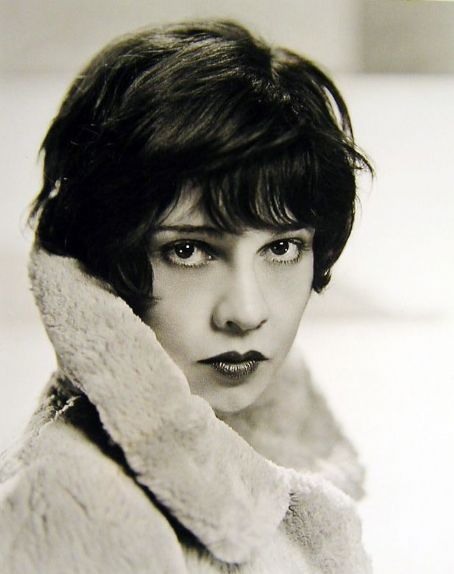



Significant Women in Film History: 1900s-1920s
Anita Loos (1881-1981)
Born in 1881, Anita Loos spent her childhood in San Francisco. At the age of eight, her father urged Loos and her sister to begin acting in a stock company. Although acting made money for Loos and her family, she held dreams of being a writer. By 1911, Loos would be introduced to short films through the theater where she acted, which would play the reels after performances. She would soon try her luck writing screenplays and soon be writing and sending in scripts to the Biograph company. Her scenario The New York Hat would be the first to be produced. By 1915 she had moved to Hollywood, where D.W Griffith secured her a job on the payroll at the Triangle Film Corporation, making her the first writer to ever be put on a payroll at a production company. She would go on to write a number of sucessful action films for Douglass Fairbanks. Her films were often noted for their witty intertitles and Photoplay would go on to dub Loos as” The Soubrette of Satire” because of this. Throughout the 10’s and 20s, Loos screenwriting career would continue to prosper. By 1925 Loos would publish her most famous work Gentlemen Prefer Blondes which would be adapted into a film starring Marilyn Monroe and Jane Russel in 1953 (although she had no part in this particualr adaption). The novel proved popular enough that she would be able to adapt her novel for the Broadway stage not soon after and write a sequel, But Gentlemen Marry brunettes in 1927. Although she took a break due to marital issues she would return to writing for the silver screen with Red Headed Women and continue to write for MGM throughout the 1930s. In 1936 she would win an Academy Award for the film San Francisco. She would write the screenplay for one of the most famous films of the 1930s, The Women in 1939. Although she was apprehensive about changes the censors required, the film has gone on to remembered for its sharp dialogue that only Loos could have written. Throughout the 1940s she continued writing for the screen and stage. By the 1950s her biggest contribution would be the stage adaption of Collette’s Gigi, starring the then unknown Audrey Hepburn who Loos claimed to have discovered in a hotel lobby in Monte Carlo. By the 1960s she would go on to begin writing a volume of memoirs which she would continue to do into the 1970s. On August 18, 1981, Loos would die from natural causes.
Read More About Anita Loos
One of Her Many Memoirs
Read Gentlemen Prefer Blondes
797 notes
·
View notes
Text
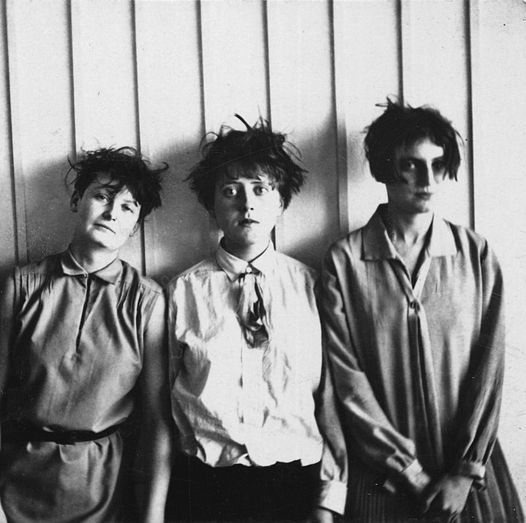
1927 Three Bauhaus art students. From Art Deco, Avant Garde and Modernism, FB.
220 notes
·
View notes
Text

1928 Loretta Young in a metallic lace evening coat, (or an incredibly fancy negligee!) photography by Ruth Harriet Louise. From Art Deco, Avant Garde and Modernism, FB.
223 notes
·
View notes
Text

1914 Seventh Avenue between West 30th and West 31st Street. From New York City History and Memories, FB.
81 notes
·
View notes
Photo

Susan Porter (1915) by ~Kicha~ on Flickr.
The photographer’s cousin. James Van Der, photographer.
Reflections in Black: A History of Black Photographers 1840 to the Present; by Deborah Willis
377 notes
·
View notes
